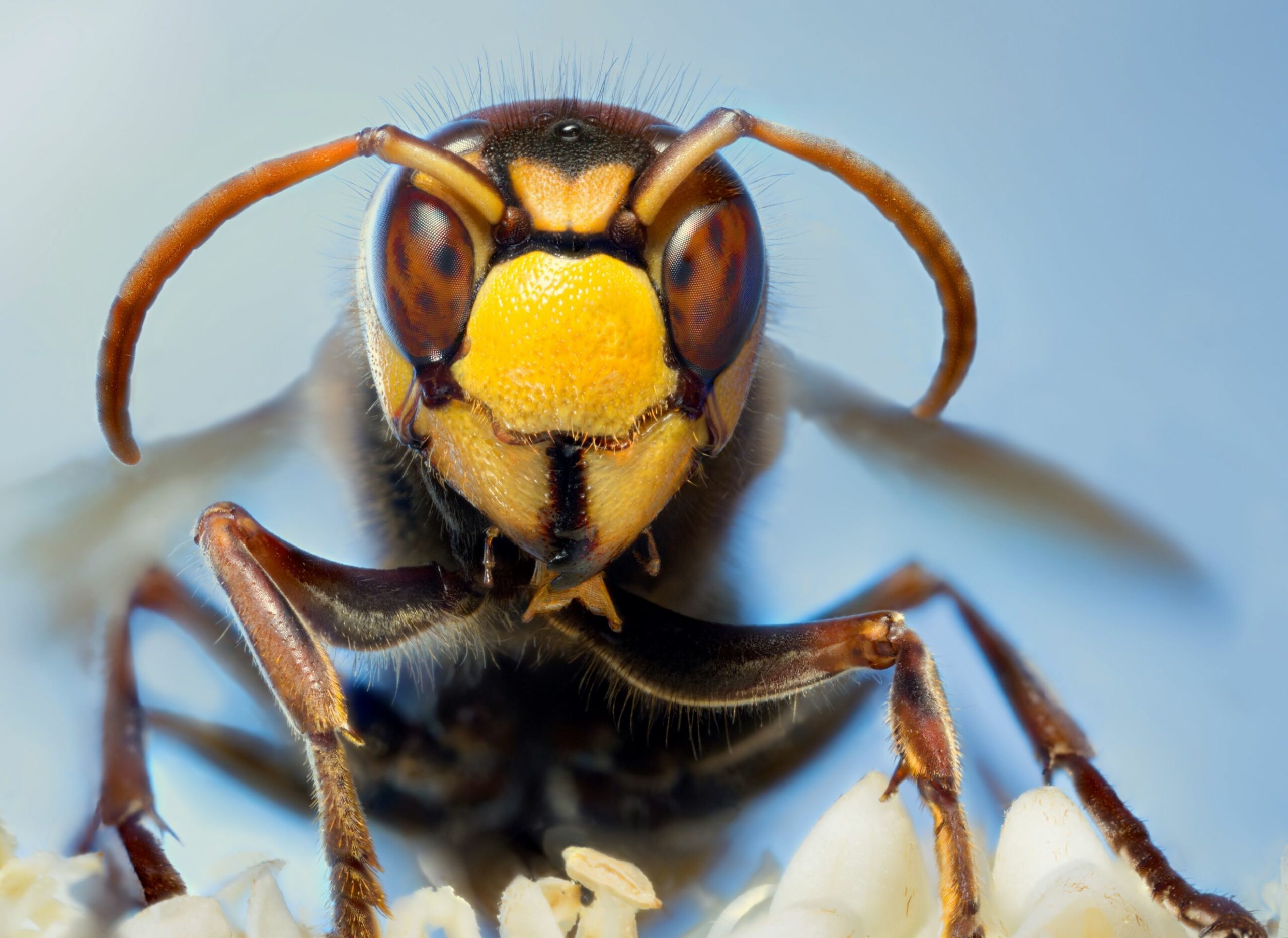
Varroa mites are not the only enemies of bees
One of the biggest threats to bee populations is the tiny but greatly aggressive varroa mite. Unfortunately, it is next to impossible for beekeepers to protect their hives completely against the infestation of these dangerous parasites. One way the varroa mite attacks the colony is by infesting adult bees by attaching themselves to the bees’ back, feeding of its hemolymph (the bee’s “blood”), and ultimately killing it. Another way the mites can harm the bee population is by laying eggs into the larvae of developing honey bees.
A research team at North Carolina State University has developed several methods of detecting a varroa mite infestation in the hive [1]. It is crucial for the beekeeper to know whether there are varroa mites inside the hive already and if so, how many of them. Once the threat has been identified, it is important to take the right steps to battle the infestation while protecting the existing beehive and its current population.
The Honey Bee Health Coalition is an organization, which is dedicated to consulting and supporting the international beekeeping community. This network of researchers, beekeepers, and companies related to honey bees has been finding solutions to improve the methods of beekeeping since 1975. Among other achievements they have developed several tools to battle the infestation by varroa mites [2].
For the past few years another dangerous intruder has been making life hard on bee populations. Known officially as the Asian giant hornet, these insects are about four times the size of a honeybee. As they feed on adult bees, who haven’t yet developed strategies or resiliencies against these predators, they are a serious threat to bee populations in Europe and America [3].
With the Beehyve project, PLCnext Technology is facilitating and fostering exchange among researchers, developers, beekeepers, and bee experts around the world to create effective strategies using modern technology to improve the living conditions of bee colonies.




